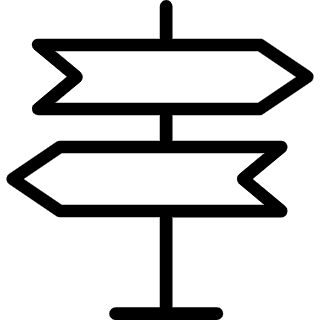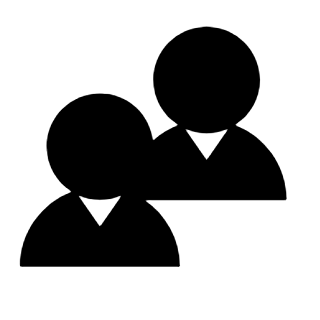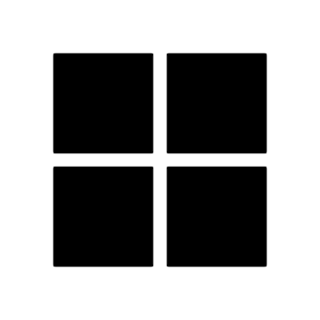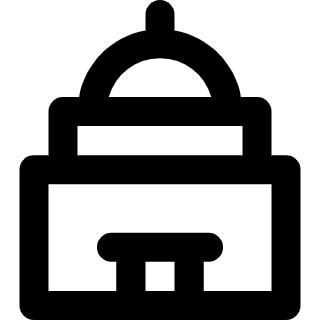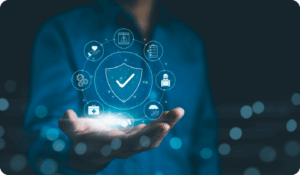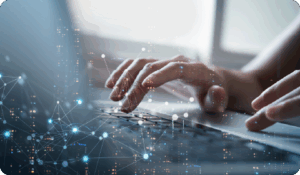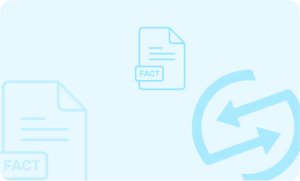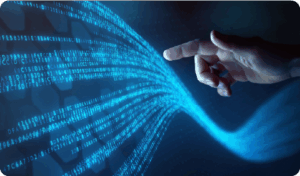Data Mesh and Data Fabric
What is data mesh?
Data mesh is a methodology of managing data, whereby instead of one central data control unit or team, data management is decentralized in an organization. Different functional areas manage their data and make it available to other teams. A data mesh is a set of principles for designing a modern, distributed data architecture that focuses on these business domains. It emphasizes decentralized ownership, standardization, and collaboration.
What is a data fabric?
Data fabric however is an architecture design presented as an integration and orchestration layer built on top of multiple, disjointed data sources like relational databases, data warehouses, data lakes, data marts, IoT, legacy systems, etc., to provide a unified view of all enterprise data. Metadata drives the fabric design. Data fabric is as much methodology as technology, and it can be designed and deployed manually or automatically. A data mesh and data fabric approach can coexist in an organisation.
Data mesh vs. data fabric: What’s the difference?
Data mesh is a methodology whereby data management is decentralized in an organization. Different functional areas manage their data and make it available to other teams. Data fabric, on the other hand, is a centralized architecture that connects and integrates data from various sources to provide a unified view. It uses metadata and automation to simplify data access and management.
In short, data mesh decentralizes data ownership, while data fabric centralizes data integration—and both can work together in a modern data strategy.
Solidatus ensures the successful implementation and execution of data mesh and data fabric methodologies. It offers a detailed single source of truth for business and technical teams to understand their organisation’s data management practices and how different teams use data – bringing the business and technology together. Using a detailed data lineage tool across the whole organization supports collaboration, management, troubleshooting, and impact assessment, particularly when data is managed in a federated way.
More FAQ Topics

Data Flows and Data Mapping
In data lineage, data mapping is the specific process of linking data fields from one data source to others.

Data Management
Data management is the process of collecting, keeping, and using data in a cost-effective, secure, and efficient manner

Data Migration
A data migration process involves selecting, preparing, extracting, and changing data in order to permanently move it from one software system to another

Data Risk Management
Data risks for AI relate to regulatory requirements, responsible AI use, and the ability for users to trust the outputs of AI models

Data Tracing
Data tracing refers to being able to trace back from a critical business use case, such as an annual report or compliance requirement, to see the source, journey and changes of data that impact these use cases.

Data Transformation
Data integration tools allow data to flow between different technologies. One of the problems of using a data integration tool is that it might not capture the data flow – and lineage or any transformation that is happening when data moves from one technology to another.

Metadata Management
Metadata management helps standardize a common language and description of data, using a set of policies, actions and software to gather, organize, and maintain it.

Solidatus Integrations and Solutions
A Solidatus Integration enables Solidatus to ingest detailed information (metadata, lineage, transformations, etc) from external systems into structured models.

Types of Data Lineage
Column-level lineage is a form of lineage that goes to the level of detail of tracing the flow of data through your organization at the column level of a system – as opposed to only the table level.

